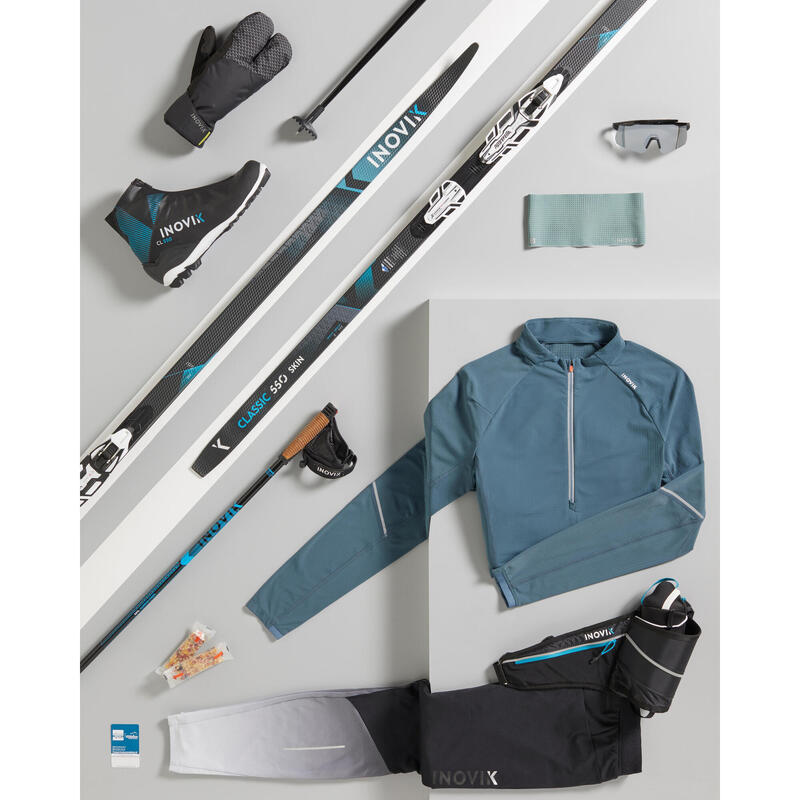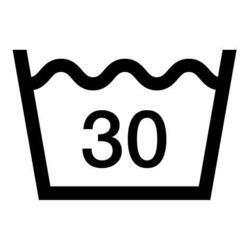Cutting information
To help you choose the right size, the model wears a L and measures 1m85.
Her measurements are as follows:
- Chest 104 cm
- Arm armpit wrist 50 cm
- Waist 84 cm
- Inseam 86 cm
- Hip 101 cm
How can I stay warm and dry on my cross-country ski outings?
We advise you to follow the 3-layer technique.
Layer 1: second skin (technical undergarment) that allows moisture transfer to keep the skin dry.
Layer 2: insulating (T-shirt, fleece) that provides warmth and moisture transfer.
Layer 3: outer and protective (jacket) that protects against the elements: wind, snow and cold.
Adapt the number of layers according to the intensity of your effort and the weather, and opt for breathable clothing.
Why protect yourself from the wind?
Did you know that wind makes you feel colder?
For example, at an outside temperature of 0° with 20 km/h of wind, the perceived temperature will be -10°.
Windproof components reduce this cooling effect by preventing the circulation of air caused by wind or the relative speed of the sports activity.
Why is it important to wear breathable clothing when cross-country skiing?
Pour ne pas être mouillé, optez pour des vêtements respirants permettant d'évacuer la vapeur d'eau générée par la transpiration.
On mesure sa résistance-évaporative = RET
RET <6 : extrêmement respirant, idéale pour les efforts les plus intenses
RET entre 6 & 12 : très respirant, adapté pour un effort modéré
RET entre 12 & 20 : moyennement respirant, il ne sera pas des plus agréables à porter en cas d’effort
RET >20 : peu respirant et donc plutôt inadapté à l’effort
RET >40 : non respirant

















